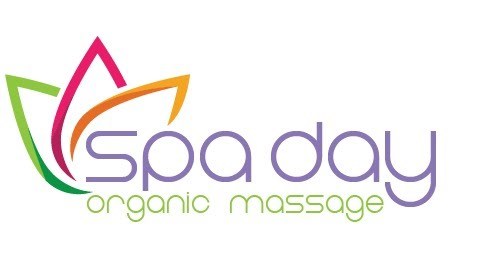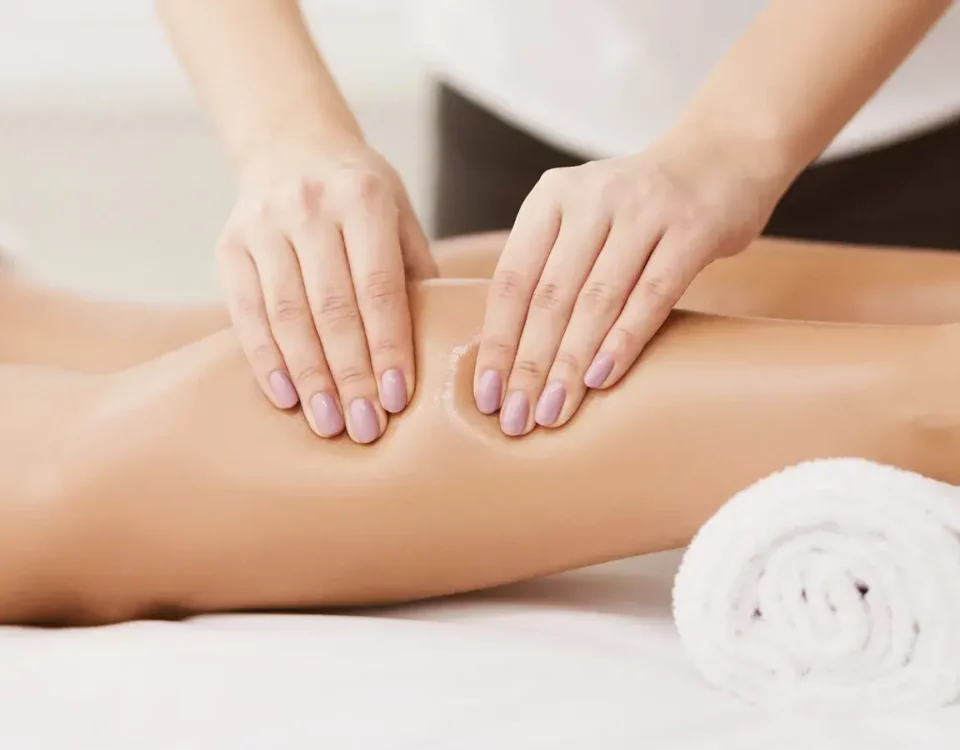
Deep Tissue Massage vs. Swedish Massage: Key Differences Explained
May 17, 2024
Differences between Hot Stone Massage and Traditional
May 20, 2024With the vast array of therapeutic massage techniques available today, choosing the one most beneficial for your unique needs can seem like a daunting task. The two most common modalities, deep tissue massage and Swedish massage, are often compared given their popularity and effectiveness.
Each modality offers its own set of benefits and is designed to address different types of physical discomfort and stress. So, how do you decide which one is right for you?
In this discussion, we will dissect the key features, benefits, and differences between deep tissue and Swedish massage to help you make an informed decision.
The Therapeutic Benefits of Deep Tissue Massage: Relieving Muscle Tension and Promoting Healing
Delving into the realm of deep tissue massage, it is essential to understand that this form of therapy primarily focuses on the deeper layers of muscles and the fascia, the protective layer surrounding muscles, bones, and joints. Deep tissue massage is a highly specialized technique, typically employed to treat musculoskeletal issues, such as strains and sports injuries. It involves applying sustained pressure using slow, deep strokes to target the inner layers of your muscles and connective tissues.
This therapeutic approach breaks down knots and adhesions – painful, rigid tissue areas in muscles that can disrupt circulation and cause pain, limited range of motion, and inflammation. The process helps to alleviate muscle tension buried beneath the surface.
Deep tissue massage has been found to have numerous health benefits. It is not only effective in relieving chronic aches, pains, and contractions, such as stiff neck and upper back, low back pain, leg muscle tightness, and sore shoulders, but it also promotes faster healing by increasing blood flow and reducing inflammation.
Exploring Swedish Massage
Switching our focus to Swedish massage, it’s important to note that this is a gentler type of full-body massage that’s ideal for people who are new to massage, have a lot of tension, or are sensitive to touch. Known for its soothing and relaxing properties, Swedish massage utilises a combination of five primary strokes, namely effleurage (long, gliding strokes), petrissage (kneading), tapotement (rhythmic tapping), friction (cross muscle fibres), and vibration/shaking.
The therapist uses these techniques to relax muscles by applying pressure against deeper muscles and bones, and moving in the same direction as the flow of blood returning to the heart. This process helps increase the level of oxygen in the blood, thus improving circulation and flexibility while easing tension.
Swedish massage can also help stimulate the nervous system, relieve muscular strain, flush out toxins, and promote health and well-being. It’s a holistic approach to wellness that respects the body’s natural rhythms and processes. With a Swedish massage, you’re not just a passive recipient; you’re an active participant in your own healing journey. This massage type creates a space for relaxation, recovery, and rejuvenation, making it a perfect choice for those seeking a gentle, nurturing, and therapeutic experience.
The choice between deep tissue and Swedish massage rests in individual needs and preferences. To untangle this knot of decision-making, it is crucial to comprehend the distinguishing characteristics of both methods.
Deep tissue massage, with its intense pressure, is ideal for chronic pain and injury recovery, whereas Swedish massage, known for lighter strokes, is a perfect antidote for stress and relaxation.
Ultimately, the right massage is the one that hits the nail on the head for your personal health and wellness goals.
Read more:
Deep Tissue Massage vs. Swedish Massage: Key Differences Explained





